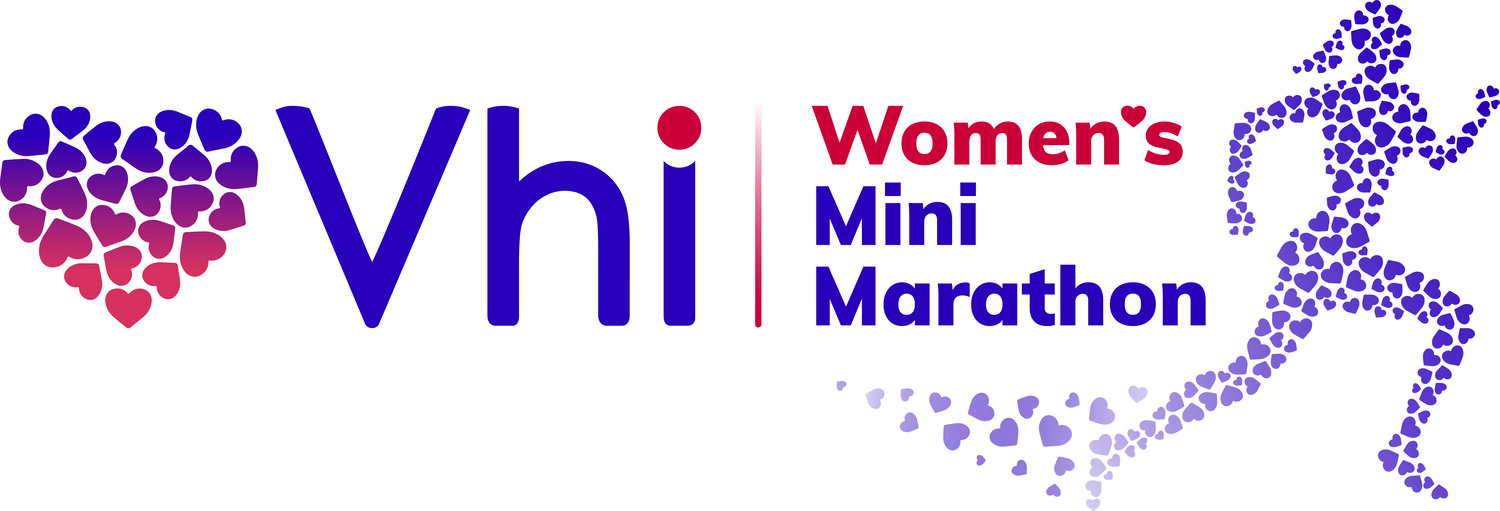Top Tips for Exercising and Breastfeeding by Suzanne Carney
Suzanne Carney, Clinical Specialist Physiotherapist in Women’s, Men’s, and Pelvic Health.
Written By Irish Society Of Chartered Physiotherapists
We all know that exercise, along with a balanced diet is an essential part of a healthy lifestyle. This is especially so in the case of breastfeeding mommas! So, if you are about to embark on your training plan for the VHI Women’s Mini Marathon for the first time ever or your first time postpartum, here are some things to consider.
1. Aim for Light to Moderate Exercise
Slow and steady wins the race….now is not the time to aim for your Personal Best (PB). Going to hard and fast during this time can lead to injuries.
Research shows that this level of exercise improves mum’s health and has positive effect on emotional well-being.
Raises the body’s level of prolactin, the hormone responsible for the production of milk.
Other benefits include:
Improved level of cardiovascular fitness
Improved blood lipid profiles and insulin response
A feeling of well-being from improved energy and reduced stress levels
Enhanced mum-baby relationship
Alleviation of depression symptoms in those with major depressive disorders.
2. Milk Supply
Exercising while breast-feeding does NOT affect milk supply.
There may be a change to the taste of the milk only if exercising vigorously due to a higher lactic acid content.
Exclusively breastfed babies of mothers who exercise grow at the same rate as those of mothers with a sedentary lifestyle i.e. breast milk is nutritious regardless.
3. Calories
Many mothers believe breastfeeding will help get rid of baby weight, but the body must work hard to make milk which burns calories and breastfeeding itself tends to burn an extra 400-500 calories on top of that.
It is vital to replace those calories with a proper diet when exercising.
Without those extra calories, it’s harder to produce breast milk.
Regarding nutrition, breastfeeding is not the time to cut calories and drop lbs by eating less.
4. Stay Hydrated
There’s no need to overdo it but drink to thirst, remembering that you are often thirstier when breastfeeding.
Use colour, odour, and volume of urine as a guide rather than drinking a certain amount in the day.
Normal frequency to void is 6-8 times per day.
Be aware of milk supply dwindling, up your intake.
Keep water in bottles handy so it’s easy to access.
5. Timing/Planning
After clearance from Women’s Health Physio is ideally best regardless of how your baby was born as jogging or running can turn up some unwanted problems postpartum like incontinence or prolapse.
Workout after a feed or pump so that the weight of the breast is less for optimum comfort.
Type and duration of exercise needs to be realistic.
The key is to think ahead and do what works for your schedule and family.
Don’t stress if a day is missed.
If doing exercise with repetitive arm movements (jogging/running especially), monitor breasts for blocked ducts.
6. Ease into a walk/jog/run routine
This will differ for everyone depending on mode of delivery, previous experience with exercise/any pelvic floor symptoms.
Start with the training plans that are provided on this website.
Gradually pace your distance, duration, and speed. Don’t just throw on your trainers and go without a plan.
7. Staying active is good “me time”
Making time for training regularly is as beneficial for your mental health as it is for your physical health.
Increases endorphins, aids digestion and sleep
Helps with any aches and pains especially posture related to breastfeeding.
Keep in mind that stress and fatigue can reduce breastmilk supply and potentially lead to mastitis. If you are feeling overwhelmed or fatigued (especially if you are recently post COVID-19) cut back or stop training. You can always restart in a few days.
8. Make sure to wear a supportive sports bra and well-fitting trainers
After having a baby and during breastfeeding, many changes can occur to your bodies shape and size especially with regards to bra and shoe size. Getting measured for both postpartum is essential.
Brands that offer good quality breastfeeding sports bras are Natalactive, Mummactiv or Hot Milk.
To find a chartered physiotherapist near you visit www.iscp.ie/find-a-physio. A Chartered Physiotherapist is a university graduate with hospital-based training who has comprehensive knowledge of how the body works, along with specialist training in the diagnosis and treatment of muscle and joint pain. When you choose a physiotherapist, you’ll enjoy the peace of mind of knowing that they are a part of Ireland’s only professional body within its field. For more information visit www.iscp.ie

